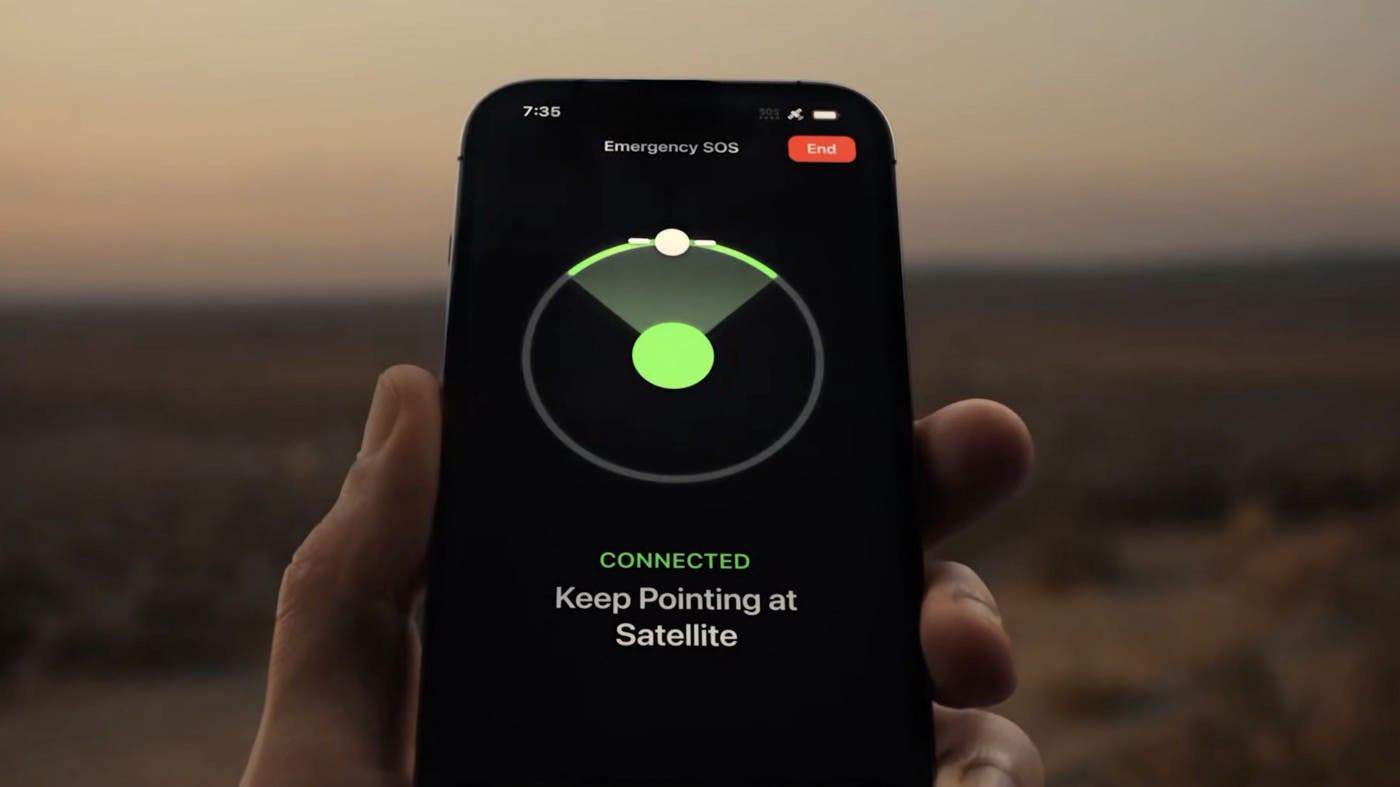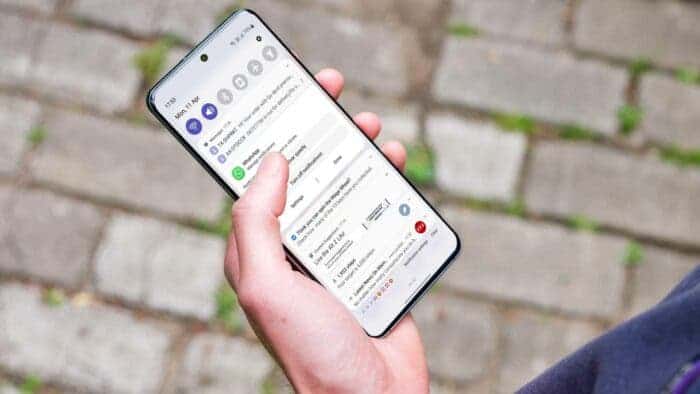Imagine staying connected even in the middle of nowhere with your Samsung Galaxy phone. That dream might soon become reality! Hidden clues in recent Samsung app updates suggest they’re getting ready for satellite connectivity. This exciting feature, expected with the release of One UI 7 based on Android 15, could let you send messages even without cell service.
Samsung Galaxy Phones: Sending Messages from Anywhere with Satellite Connectivity
Finding the Clues: Messages Hidden in Samsung Apps
A peek inside the code of Samsung’s recently updated Emergency SOS, Phone, and Messages apps reveals some interesting hints. These code snippets suggest a new “Satellite mode” that would allow users to send and receive messages when there’s no cell signal. Interestingly, it seems Samsung Messages might not be ready for this at launch. Instead, Google Messages might be the app for sending messages via satellite first.
The Race for Innovation: Samsung Following Apple’s Lead
Samsung isn’t the first phone maker to explore satellite connectivity. Apple started this trend in 2022 with the iPhone 14 series, which can send emergency texts via satellite. This lets users call for help even with no cell service. While Samsung phones have Emergency SOS, it currently can’t use satellites for help in remote areas.

Teaming Up: Google and T-Mobile for Android 15
Industry rumors suggest Google and T-Mobile might be working together to bring satellite connectivity to the upcoming Android 15 update. There’s also talk of a new satellite-compatible modem, the Exynos Modem 5400, appearing in the next Google Pixel 9 phone.
The upcoming Made by Google event could give us more details about Android 15. This event might also reveal how Samsung’s One UI 7 will work with the long-awaited satellite connectivity feature.
Beyond Emergencies: A Wider World of Satellite Communication
While early reports focus on sending emergency messages, satellite connectivity could be useful for much more. Hikers, disaster relief teams, and even travelers in remote areas could all benefit from this technology.
A More Connected Future
Satellite connectivity in Samsung Galaxy phones is a big step forward. It allows users to stay connected almost anywhere, giving them a sense of security and letting them communicate even in the most remote places. As this technology improves, it could change the way we communicate, making the world a more connected place for everyone.
What’s Next: Questions and Considerations
There’s still a lot we don’t know about satellite connectivity on Samsung phones. Which Galaxy models will get it? Will there be extra fees or subscriptions? We’ll likely learn more at the Made by Google event and from future announcements by the company.

A Ripple Effect: How This Could Change Mobile Phones
Samsung’s move could trigger a chain reaction in the mobile phone industry. Other manufacturers might be pushed to add satellite connectivity too. Making this technology more common. This could lead to better satellite communication services and potentially lower costs for everyone.
The Final Word: A New Chapter in Communication
Satellite connectivity on Samsung Galaxy phones is a big moment for mobile communication. This innovative technology has the potential to bridge the gap in remote areas, keeping people safe and connected even when cell service fails. With the launch approaching, one thing is clear: the future of mobile connectivity is about to change in a big way.
Understanding Satellite Connectivity in Samsung Phones
Samsung’s plans for satellite connectivity in Galaxy phones are exciting, but there’s more to the story than meets the eye. Let’s explore the technical details and potential challenges to get a clearer picture of this new technology.
Tech Talk: Connecting Phones to Satellites
Making phones talk to satellites isn’t as simple as connecting to cell towers. Unlike established cellular networks, satellites require a clear view from the phone’s antenna. Things like trees, mountains, or even how you hold the phone can block the signal.
Another challenge is battery life. Talking to satellites takes more power than using cell networks. Phone makers will need to optimize software and hardware to keep your phone juiced up. Plus, satellite connections are slower than cellular. So sending large files might take a while.
Making it Work: Who Pays for What?
For satellite connectivity to work smoothly, phone makers and service providers need to team up. We don’t know all the details yet, but users might need a subscription or pay per message to use satellites. These plans might limit message size or frequency to manage bandwidth.
The price will be key. If it’s too expensive, not many people will use it. Phone makers, service providers, and maybe even satellite companies will need to work together to create a plan that’s affordable and accessible.
Rules of the Road: Keeping Things Legal
Satellite communication comes with new rules. Governments need to figure out how to handle things like spectrum allocation, what content can be sent, and how emergency services work with satellites.
Data privacy is also important. Strong security measures are needed to protect your information when it travels through space.
Teaming Up for Better Connections
Also, satellite connectivity in phones can work even better with other technologies. Low-power networks like LoRaWAN or Sigfox could offer a cheaper way to send basic messages in remote areas.
Plus, companies like SpaceX and OneWeb are building constellations of satellites that could provide wider coverage and faster speeds. Working together, phone makers, satellite companies, and these network providers could create amazing new ways to stay connected, no matter where you are.
The Future is Connected, with Challenges
So, Samsung’s move towards satellite connectivity is a big step for mobile phones. There are technical hurdles, business models to figure out, and new rules to follow. But the potential benefits are huge. As technology advances and companies collaborate, mobile connectivity is poised to become more robust, secure, and accessible, keeping everyone connected, everywhere.





